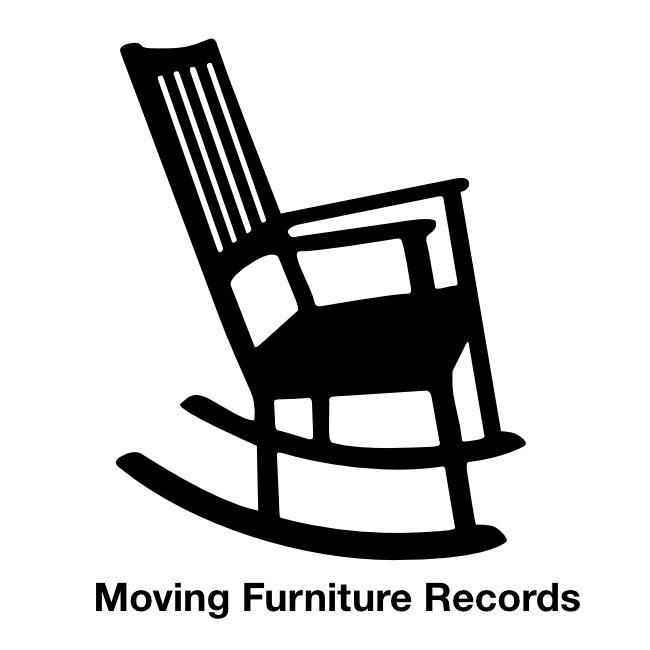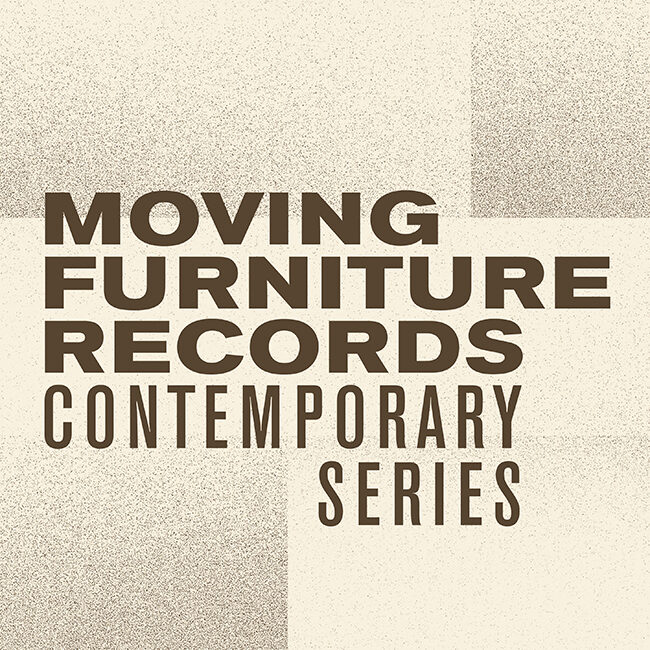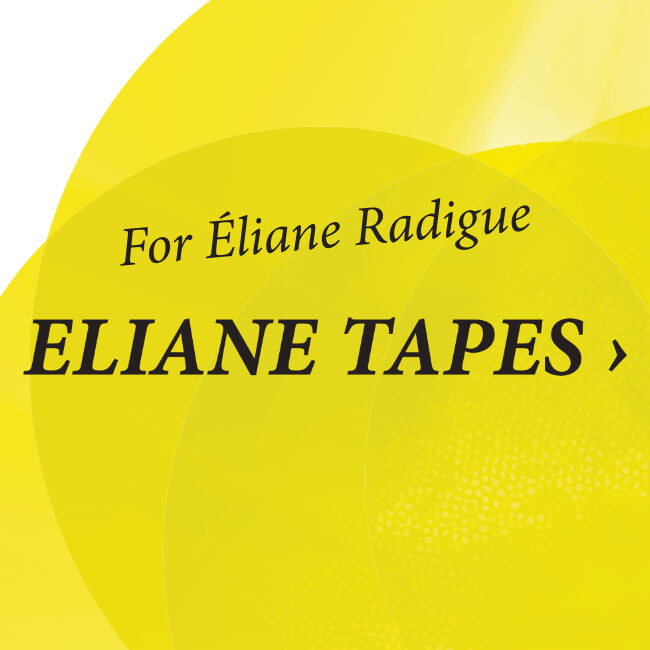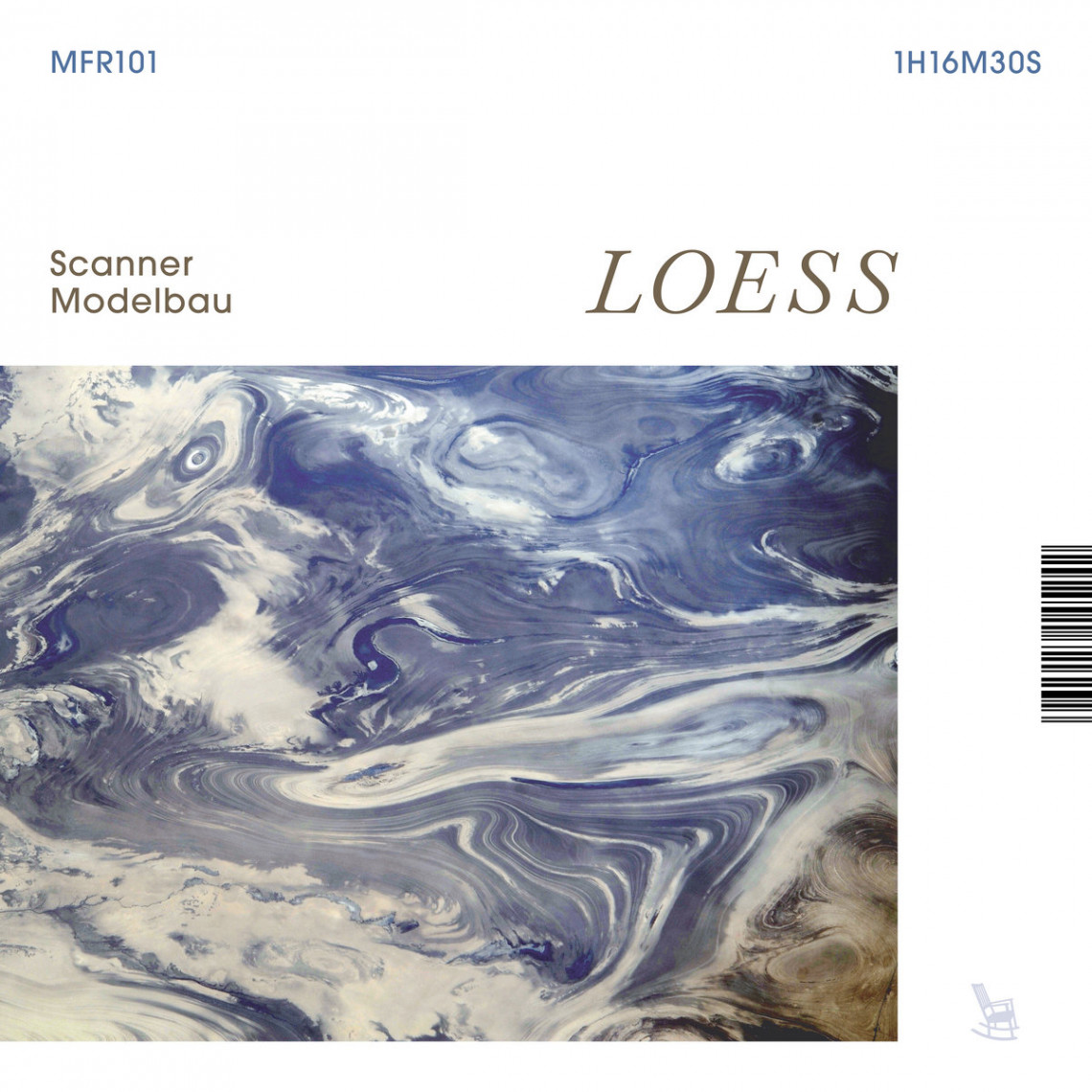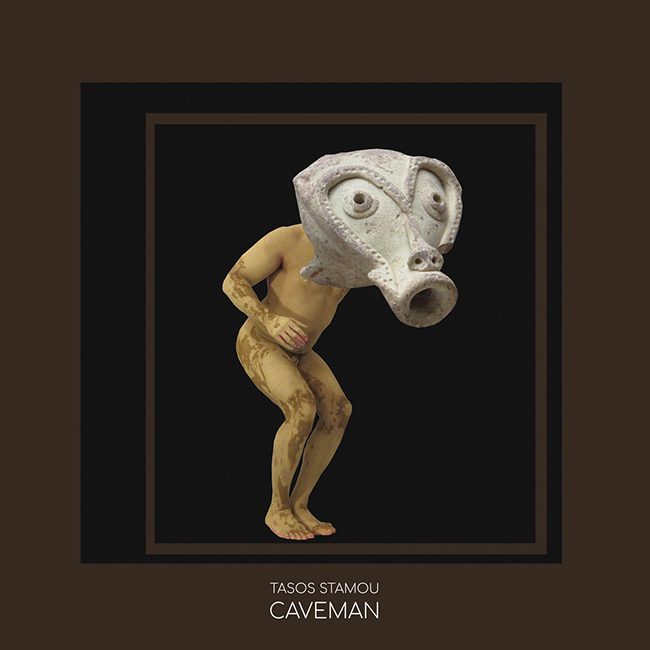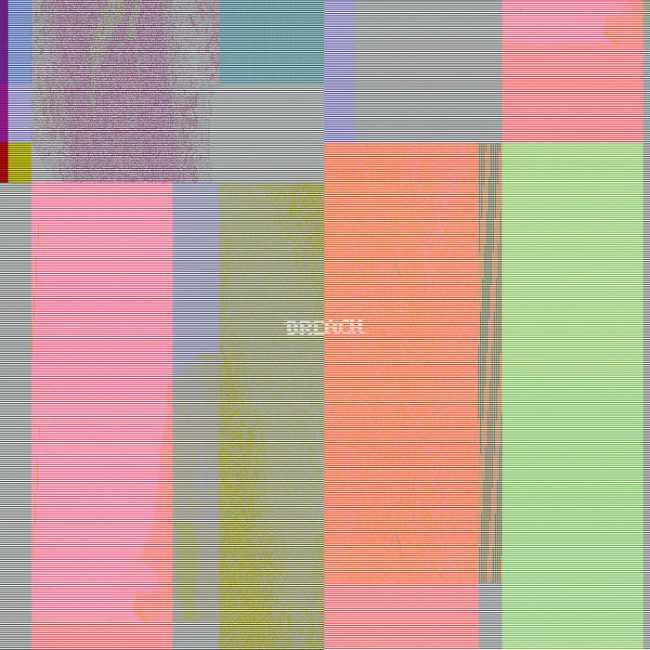- Series: Moving Furniture Records
- Format: Vinyl
- Series: Moving Furniture Records
- Format: Vinyl
Loess is the first collaboration by Scanner & Modelbau. Created by sending physical cassette tapes with recordings over to each other through the post. A surprising work with a lush warm ambient sound.
Loess is released as Double LP mastered by Jos Smolders in artwork by Rutger Zuydervelt.
About Loess
Collaboration is key to the practices of both musicians. Both Rimbaud and De Waard exhibit long histories of collaborating with others from very different fields. They both understand that the ability to exchange and share ideas is crucial, and how these collaborations allow both parties to work as both negatives and positives of each other, recognising spaces within the work fields and ideas. It teaches the respect of space and the relevance of context and extension of one to the other.
Interestingly, despite the advent of digital technologies, file sharing and the ability to exchange material online, Rimbaud and De Waard agreed to make a return to their roots. The discovery that they both owned Fostex 280 four-track tape machines led to this musical conversation, where works were recorded in isolation, Rimbaud in the UK, De Waard in The Netherlands. The cassette tapes were then exchanged in the post and subsequently worked on. Neither could anticipate how the other might respond.
Both musicians used a combination of music instruments at their disposal. For Rimbaud he used the quirkily named Ellitone Farm Detective Ultrarollz, and Little Boy Blue by Flower Electronics, both of which are creatures that cannot be tamed. Cheap DIY machines that produce something unpredictable. De Waard uses the trusted Modelbau gear, ranging from iPad synths to the Korg Monotron and his usual cheaper than cheap Chinese pedals.
Both musicians chose the final recordings, but with very different results. Tape speed could be altered, and channel volumes could be adjusted , so in some ways, there are literally hundreds of ways the listener could experience these recording sessions. In a sense, Loess is just one interpretation out of many.
The results are startlingly enticing. Time seems to lengthen, and the interplay of tones and overtones create rich pathways of sound. There is a sense of space and form that envelops each piece. Unusual textures combine to form an elemental whole. At points, it’s both equally serene and shadowy, hypnotic and poetic.
Tape hiss at times enters the sonic conversation, reminding us of the source of these materials, but never distracts. Rimbaud and De Waard offer listeners an album using old-fashioned techniques, music recorded directly to tape, that penetrates through time and space, leaving us with this resplendent and absorbing moment to embrace.
Reviews
Vital Weekly, Bauke van der Wal
The Amsterdam label run by Sietse van Erve / Orphax somehow keeps on making me happy. Not too long ago (Vital 1335), I reviewed a 2CD – their 100th release – which held 25 collaborations between artists in “the genre”. Great sounding and unexpected combinations, and all profits went to a good cause, making MFR100 quite monolithic. And now, just a few months later, two vinyl productions are released, both of which are collaborative efforts.
Catalogue number 101 is for Scanner & Modelbau, who created two pieces of vinyl worth of music entitled “Loess”. We won’t be saying anything about Robin or Frans here because they’re both frequently mentioned in Vital. It is interesting that maybe because they’ve both been active for so long, they’ve used many creative methods over the years. Yet somehow, they both felt the urge to keep their Fostex 280 four-track tape machines, which formed the basics of how this album was recorded. Old school, analogue, and all kinds of sonic artefacts are included when working on tape (compression, hiss, etc.). They both started recording stuff and exchanged tapes through snail-mail, after which the works were finalised by the other. Almost unimaginable when you consider the possibilities of filesharing and working in the digital domain, but… It had to be like this.
“Loess” has under 80 minutes on four sides of vinyl, so there is enough ‘body’ to make everything sound good. Two or three tracks per side, ten in total. The style of the music is a bit more ‘structured’ than what you would expect from Modelbau, and it’s a bit more ‘droney’ than you would expect from Scanner these days. Nice lush layers of sound, never intensely loud, always in balance, constantly surprising and always in development… Really intense.
